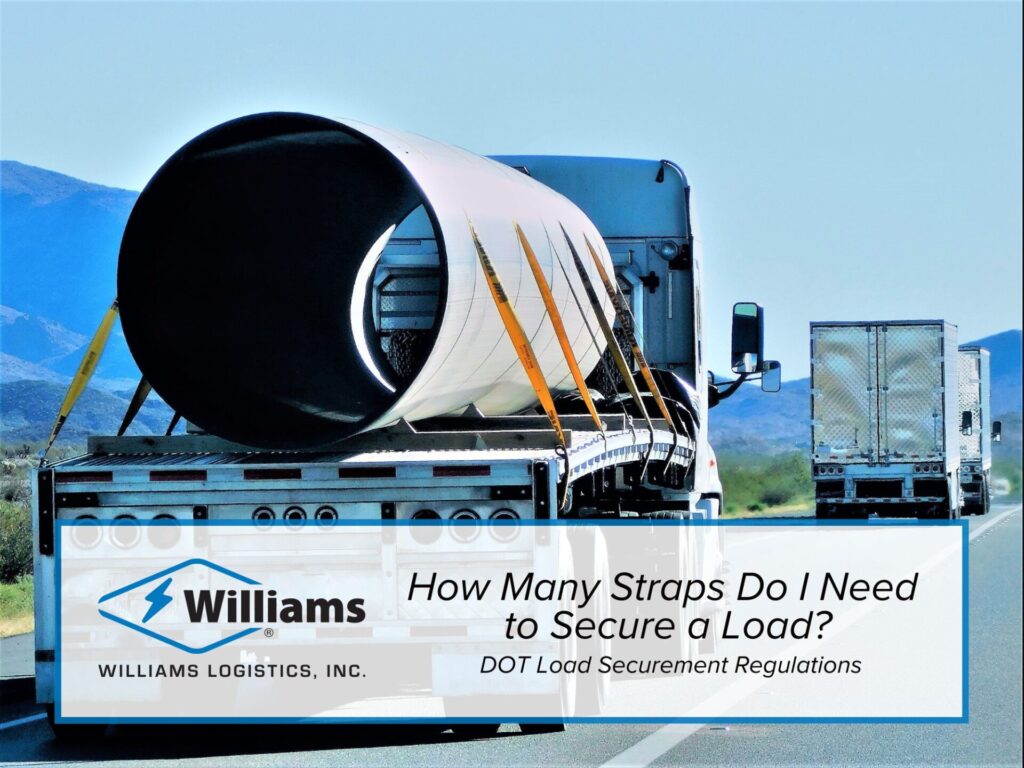Load securement is a crucial aspect of ensuring safety on the road for semi-truck drivers and the general public. Properly securing a load on a semi-truck not only prevents accidents and injuries but also helps to protect the cargo being transported. But who is responsible for load securement, and how many straps are needed to secure a load properly?
Who is Responsible for Load Securement?
The responsibility for load securement ultimately lies with the driver of the semi-truck. They are the ones who are responsible for ensuring that the load is properly secured before hitting the road. This includes using the correct number of straps, chains, binders, and other securement devices to properly secure the cargo. While some companies may have specific guidelines or policies in place for load securement, it is ultimately the driver's responsibility to ensure that the load is secure.
How Many Straps Do I Need to Secure a Load?
When it comes to determining how many straps are needed to secure a load, there are a few factors to consider. The weight and size of the cargo, the type of cargo being transported, and the type of trailer being used all play a role in determining the number of straps needed. As a general rule of thumb, the Federal Motor Carrier Safety Administration (FMCSA) recommends using at least one tie-down for every ten feet of cargo length. Additionally, the FMCSA recommends using a minimum of four tie-downs when securing a load on a flatbed trailer.
In addition to the number of straps needed, it is important to ensure that the straps are in good condition and properly secured. Straps should be free of cuts, tears, or other damage that could weaken them. They should also be properly tensioned and secured to prevent shifting or movement during transit. It is also important to ensure that the straps are secured to anchor points that are capable of supporting the weight of the load.
DOT Load Securement Regulations
The Department of Transportation (DOT) has specific regulations in place regarding load securement for semi-trucks. These regulations are outlined in the Federal Motor Carrier Safety Regulations (FMCSR) under Part 393. The regulations cover a wide range of topics related to load securement, including the use of tie-downs, securing devices, and anchor points. The regulations also specify the requirements for securing different types of cargo, such as lumber, metal coils, and machinery.
Load Securement Checklist
To help drivers ensure that their loads are properly secured, the DOT has provided load securement guidelines. This includes a list of items that drivers should inspect before hitting the road, such as the condition of straps, the number of tie-downs used, and the proper placement of securement devices. By following this checklist, drivers can ensure that their loads are secure and compliant with DOT regulations.
In conclusion, load securement is a critical aspect of ensuring safety on the road for semi-truck drivers and the general public. The responsibility for load securement lies with the driver, who must ensure that the load is properly secured before hitting the road. By using the correct number of straps and following DOT regulations and guidelines, drivers can help prevent accidents and injuries and ensure the safe transportation of cargo.
